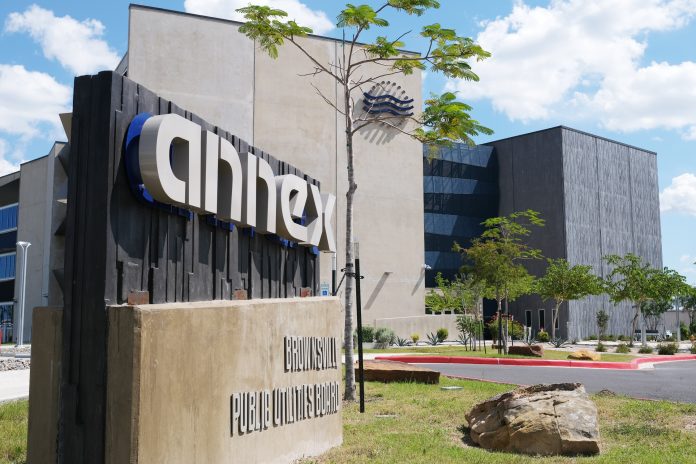An analysis by Brownsville Public Utilities Board Director of Finance Mike Perez, presented at an Oct. 28 BPUB finance committee meeting, provides more details of the impact on residential and commercial ratepayers of rate hikes related to the failed Tenaska Brownsville Generating Station.
The meeting took place as BPUB and the city of Brownsville move toward reimbursing ratepayers up to $40 million in revenue generated by the rate increases plus transfers to the city of Brownsville, a process that has gained greater urgency since the Oct. 5 release of a forensic audit report on the doomed Tenaska deal and BPUB executive management’s role in it.
Of the $40 million, $29 million is sitting in a BPUB Tenaska equity fund and $11 million — attributable to the Tenaska rate hikes — was transferred to the city between fiscal year 2013 and the first two months of fiscal year 2023, according to Perez, who said that 43 percent of the $29 million collected for the equity fund was from BPUB’s residential electric customers and 53.5 percent from commercial ratepayers. The city’s payments to BPUB for utility services equaled only 3 percent of the total.
Perez noted in his presentation that after the final deposit into the equity fund, in October 2016, all additional revenues related to the Tenaska rate hikes, roughly $54 million, were returned to customers through a subsidy on Fuel and Purchase Energy (FPE) charges on customers’ bills. The subsidy program ended June 1 once the pool was depleted.
Aside from ongoing discussions on how to reimburse ratepayers, the cash transfers from BPUB to the city have attracted attention. According to an ordinance passed in 2005, the city is entitled to 10 percent of BPUB’s adjusted gross revenues at the end of every quarter. The adjusted gross revenue is gross revenue minus BPUB’s energy-production costs and contributions to the Southmost Regional Water Authority.
Before 2005, the city and BPUB evenly split any BPUB surplus funds remaining at the end of the fiscal year. Changing the transfer formula to 10 percent of adjusted gross revenue per quarter meant more revenue for the city, Perez said.
As a result of the February 2021 winter storm, however, BPUB’s quarterly transfer to the city spiked, from $11.1 million in 2020 to $20.5 million in 2021. It did so because it was tied to BPUB’s sale of power during the storm at a time the cost of electricity had skyrocketed, Perez said.
“PUB had all our resources running, so we had excess power,” he said. “We would have been able to provide that power to our customers, but as we participate in the (Electric Reliability Council of Texas) system, we’re responsible to share some of that electrical load.”
BPUB’s net gain from its sales of electricity was around $100 million, and the city received 10 percent of that, although BPUB lost money as a result of the winter storm, Perez said. BPUB’s total losses came to approximately $49.4 million, since it absorbed all its production costs during the period instead of passing them along to customers as it would under normal circumstances, was “short paid” $5 million by ERCOT for the electricity it sold, plus $9 million was used to offset production costs associated with customer usage, Perez said.
The cost of the transfers to the city go into the base rate BPUB customers pay. Joseph Hollmann, a member of BPUB’s finance committee, commented during the meeting that “it would almost be fair to say that we have a 10-percent tax on our utility usage that is imposed by the city of Brownsville.”
Patrico Sampayo, also a member of the committee and vice chairman of BPUB, said it’s likely most BPUB ratepayers were unaware that the transfers to the city are included in their bills.
“That’s an additional charge,” he said.” Tax may or may to be the right word. It may be easier to understand it that way.”





